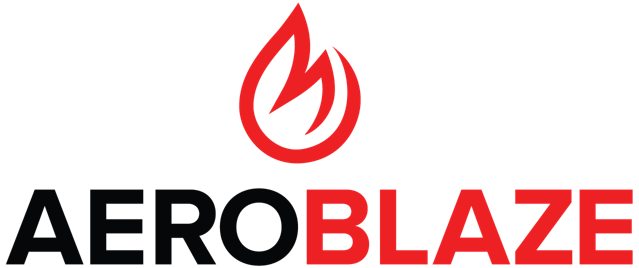Code of Federal Regulations (CFR)
There are lots of different rules, regulations, and guidance material regarding fire testing. There are CFR regulations, Handbooks, Advisory Circulars, Policy Memos, industry standards... the list goes on. It's confusing, we know; we regularly get questions regarding this topic. Over the next couple months, our blog posts will focus on these different sources and try to help you make sense of it all. This month, we'll start with the Code of Federal Regulations (CFR), which is the foundation of all the other rules and standards.
You've probably seen the terms "14 CFR 25" or "FAR 25" in regard to aircraft certification. 14 CFR 25 means Title 14, Part 25 of the Code of Federal Regulations. Title 14 is titled "Aeronautics & Space", and covers regulations for a wide variety of actives such as aircraft design and maintenance, typical airline flights, pilot training, hot-air balloons, and many others. These regulations are put in place to promote safe aviation and protect passengers and crew. You may sometimes hear 14 CFR 25 referred to as "FAR 25" (which stands for Federal Aviation Regulations), however this has led to confusion because the acronym also refers to another set of regulations (Title 48) so the FAA now refers to specific regulations by the term "14 CFR Part ___".
The regulations are organized into sections called "parts". Each part deals with a specific activity, for example, Part 25 – Airworthiness Standards: Transport Category Airplanes, Part 47 – Aircraft Registration, or Part 141 – Flight Schools. Many of these parts are designed to regulate certification of pilots, schools, or aircraft rather than the operation of airplanes. The four parts we deal with most are listed below:
1. Part 23 – Airworthiness Standards: Normal, Utility, Acrobatic and Commuter Airplanes
2. Part 25 – Airworthiness Standards: Transport Category Airplanes
3. Part 27 – Airworthiness Standards: Normal Category Rotorcraft
4. Part 29 – Airworthiness Standards: Transport Category Rotorcraft
For fire testing, a small portion of these regulations are important to us. For aircraft interiors, it is typically section 853 of each of these parts. You can click here to see 14 CFR 25.853 to get an understanding of how these regulations are written. Can you tell what's missing from these regulations? They tell you what to do, but not how to do it. Or in other words, they give you the rule, but don't tell you how to show compliance to the rule. That's where the appendices come in.
Appendix F of 14 CFR 25 is the most commonly used of the four parts listed above. Check it out here. Appendix F is divided into seven parts, with each part detailing different types of tests. Here's an example of a few tests in Appendix F:
- Part I covers the four Bunsen burner tests (Vertical Burn, Horizontal Burn, 45-degree Burn, and 60-degree burn).
- Part II covers the Oil Burn for Seat Cushion test (also referred to as the Fireblock test).
- Part III covers the Oil Burn for Cargo Liner test.
Each part details the criteria for acceptance, type of equipment to be used, test specimen buildup, calibration procedures, etc.
Part 23 also has an "Appendix F" containing two parts: the Bunsen burner tests and the insulation flame propagation test. Part 23 aircrafts do not require some of the other tests required by Part 25 aircraft, such as the Oil Burn for Seat Cushion test. Parts 27 and 29 do not have an appendix for fire testing procedures. Instead, they reference Appendix F of Part 25 for any tests they require.
For detail on the types of tests specific materials require, see our Information Bulletin titled "Guidance on Fire Testing Rules & Regulations" on our Resources page. For additional questions, feel free to contact us! Next month we'll cover Advisory Circulars: what they are, where to find them, and what they mean for you.

